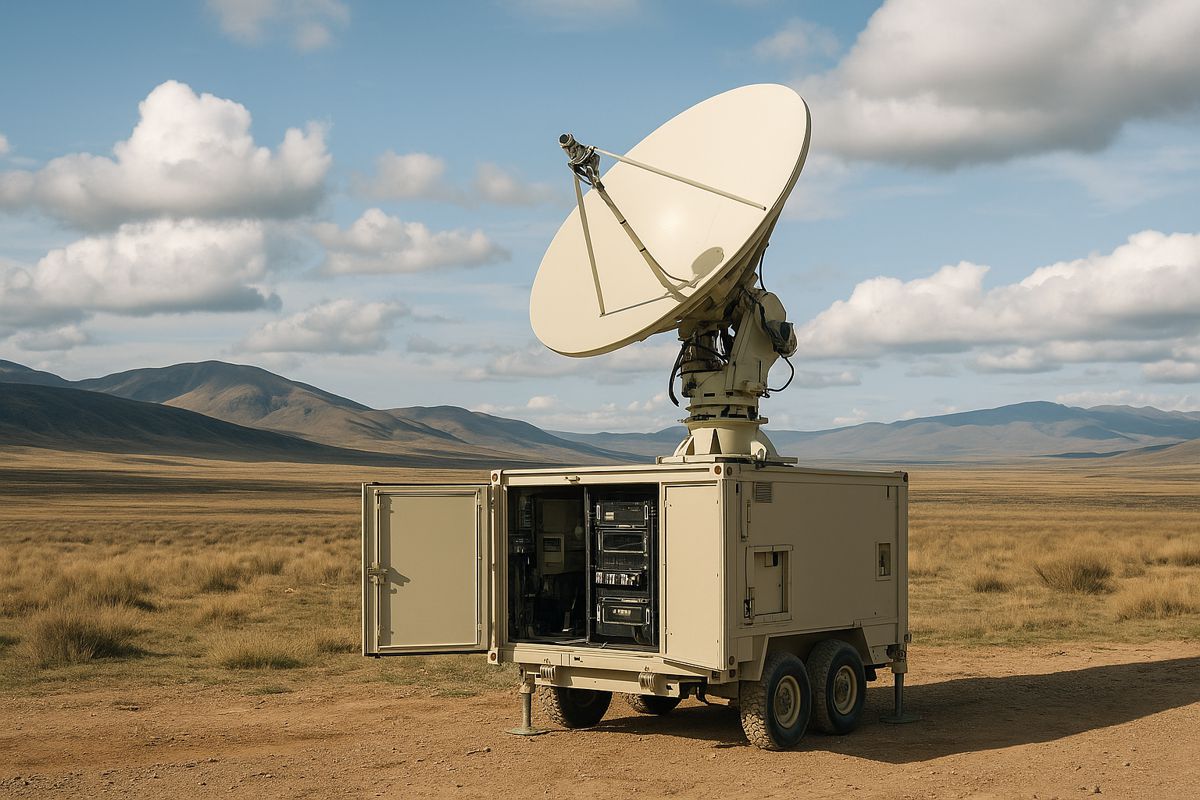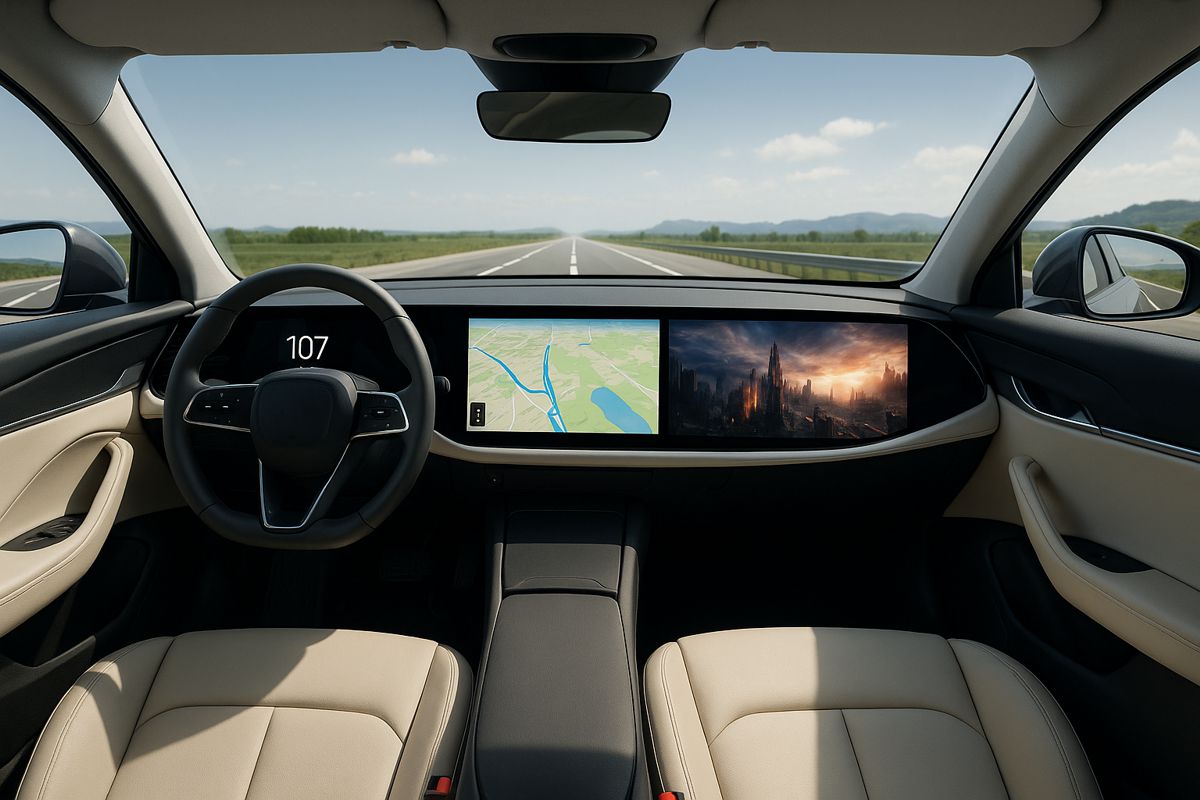Transformative 3D displays could make the digital world more tactile
Imagine an iPad that transcends its conventional boundaries, featuring a transformative surface capable of morphing and deforming. This innovative device allows you to not only draw mesmerizing 3D designs but also brings haiku to life by making them leap off the screen.
Moreover, it enables a profound emotional connection by simulating the sensation of holding your partner’s hand, even across vast oceanic distances.
This extraordinary vision originates from a team of brilliant engineers at the prestigious University of Colorado Boulder. In their ground-breaking study, they have successfully developed an unparalleled shape-shifting display that ingeniously fits on a simple card table. The remarkable device comprises a grid of soft robotic “muscles” arranged in a 10-by-10 configuration, enabling it to sense external pressures and create intricate patterns in response. The level of precision attained is extraordinary, enabling the generation of scrolling text with finesse and even the ability to swiftly agitate a fluid-filled chemistry beaker.
Beyond its technical marvels, this invention may also usher in a truly rare experience: the sense of touch in the digital age. In an era where technology has progressed from textual communication to audio and video, the elusive element of touch has remained elusive. The researchers behind this innovation acknowledge that despite these remarkable advancements, the realm of tactile interaction has been left unexplored, and they are striving to bridge this gap with their pioneering work.
With their extraordinary invention, the team from the University of Colorado Boulder envisions a future where digital experiences transcend the boundaries of sight and sound, seamlessly incorporating the sense of touch to enrich our lives in unprecedented ways.
On July 31, Johnson and his colleagues revealed their ground-breaking shape display in the prestigious journal “Nature Communications.”
Their revolutionary work draws inspiration from a class of soft robots pioneered by Christoph Keplinger’s team, who was once an assistant professor of mechanical engineering at CU Boulder. These soft robots, known as Hydraulically Amplified Self-Healing Electrostatic (HASEL) actuators, serve as the foundation for their innovation. Although the prototype display is not yet market-ready, the researchers envision a future where similar technologies could give rise to extraordinary applications, such as sensory gloves for immersive virtual gaming or a smart conveyor belt that can flex and adapt to sort various items, like apples from bananas.
Mantas Naris, co-lead author of the paper and a doctoral student in the Paul M. Rady Department of Mechanical Engineering, expressed his excitement about the possibilities. He emphasized that arranging these sensing and actuating cells into diverse shapes and configurations holds immense potential. In fact, there seems to be no limit to the range of possibilities that these ground-breaking technologies could ultimately unlock.
Playing the accordion
The origins of this project can be traced back to an entirely different quest: the pursuit of synthetic organs.
In 2017, a group of researchers, spearheaded by Mark Rentschler, a distinguished professor of mechanical engineering and biomedical engineering, received funding from the National Science Foundation for their ambitious endeavour. Their goal was to create sTISSUE—a remarkable concept involving pliable organs that closely emulate the behaviour and texture of real human body parts, yet crafted entirely from silicone-like materials. The esteemed team of co-investigators on the grant comprises Christoph Keplinger, now serving as a director at the Max Planck Institute for Intelligent Systems in Germany; Nikolaus Correll, an associate professor in the Department of Computer Science at CU Boulder; and Sean Humbert, a professor of mechanical engineering.
As Mark Rentschler, a co-author of the recent study, explains, these artificial organs hold tremendous potential in the realm of medical advancements. They could significantly reduce costs in developing medical devices and surgical robotic tools, replacing the need for expensive real animal tissue.
Surprisingly, during the pursuit of this novel technology, the team stumbled upon an ingenious idea—a table top display. This fascinating revelation emerged as part of their exploration within the Materials Science and Engineering Program, signifying the serendipitous nature of innovation and scientific inquiry.
The group’s ingenious design resembles the dimensions of a standard Scrabble game board, featuring a grid of small squares artfully arranged like tiles. This visually captivating display consists of precisely 100 squares, with each square functioning as an individual HASEL actuator. These actuators possess a unique construction, resembling tiny accordions made from plastic pouches. When an electric current flows through these pouches, fluid inside them shifts, causing the accordions to gracefully expand and spring to life.
What adds to the excitement is that these actuators incorporate soft, magnetic sensors, endowed with the ability to detect external interactions. As Brian Johnson, now a postdoctoral researcher at the Max Planck Institute for Intelligent Systems, joyfully explains, this feature opens the door to delightful activities. The magnet-based sensors enable users to wield a magnetic wand, akin to a painter’s brush, to effortlessly draw on the surface of the display. This interaction seamlessly blends creativity and technology, offering a genuinely enjoyable and immersive experience to users.
Hear that?
While other research teams have made strides in developing intelligent tablets, the display crafted by CU Boulder stands out for its distinct advantages. One of its defining features is its softness, making it more pliable and compact. Remarkably, it operates at a significantly higher speed compared to its counterparts, with each of its robotic muscles capable of activating up to an impressive 50 times per second.
Currently, the researchers are dedicated to refining the technology by reducing the size of the actuators, aiming to enhance the display’s resolution—analogous to increasing the pixel density on a computer screen. This pursuit has sparked exciting possibilities. Mantas Naris envisions a future where loading an article onto your phone would render it as Braille on the screen, enabling tactile reading experiences for the visually impaired.
Additionally, the team is exploring the potential of flipping the display inside out. This intriguing idea involves designing a glove that gently pokes your fingertips, granting you the ability to “feel” virtual objects in augmented and virtual reality environments, ushering in a new dimension of sensory experiences.
Moreover, this innovative display comes with an unexpected benefit—peace and quiet. The system operates virtually noiselessly, owing to the almost silent functioning of the actuators. This tranquillity enhances user comfort and fosters an immersive environment where the focus remains undisturbed.
In summary, the CU Boulder team’s soft and swift display technology not only excels in its performance but also promises to revolutionize digital experiences, offering a host of exciting applications from tactile rendering to virtual reality interactions, all while providing a serene and unintrusive user experience.
Other CU Boulder co-authors of the new study include mechanical engineering graduate students Vani Sundaram, Angella Volchko and Khoi Ly; and alumni Shane Mitchell, Eric Acome and Nick Kellaris.




















